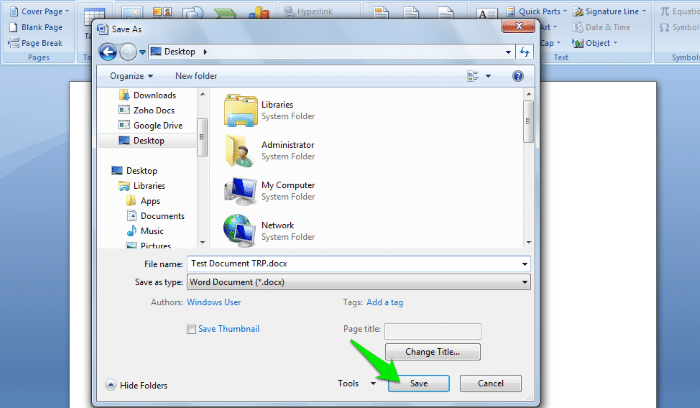
E-signatures are also rejected if the signer is shown to not be computer-literate. In these instances, wet signatures and a notary or witnesses are usually required. In many countries and jurisdictions, e-signatures aren’t used in significant ceremonies and documents such as birth or death certificates, divorce certificates, and adoption papers. But there are situations when e-signatures cannot be legally accepted. Two-step identification may also be helpful here for the purpose of attribution.īy meeting the above criteria, e-signatures are recognized as legally binding. This often means the presence of an email trail, timestamp, mobile phone number, and IP address. The signer’s authenticity can be verified independently.an option to not agree is also present, such as a “cancel” button). The signer’s willingness to sign is demonstrated (e.g.The best way of proving this is to give the signer the option of signing on paper and letting them choose. Show that the signer intended to sign electronically.Show that signer truly is who they claim to be.In general, legally-binding e-signatures must: The Uniform Electronic Transactions Act also says that each state should have an outline of how the e-signatures should be used, a concept that the E.U. The United States' Electronic Signature and Records Association Act states that an electronic signature is only legal when all parties consent to use them instead of more traditional methods of providing consent.

Here, we will explore the legality of e-signatures around the world. Digital signatures are a subtype of e-signatures that are particularly secure and rely on encryption technology.įurthermore, the particulars of e-signature legal requirements depend on the country and jurisdiction. They have an advantage over pen-and-paper signatures thanks to their efficiency and CX advantages. Many e-signatures enable companies to receive legally binding consent via a computer or smartphone while an agent is on a call with them. They are legally binding for all transactions they are used in. However, there are a few but important proportion of transactions that still require a pen-and-paper signature.Īn e-signature is an electronic symbol, usually the person’s name, that is attached to a form or contract and demonstrates consent. E-signatures have held equal status to “wet” signatures since they were legally recognized in 2000, in both the ESIGN Act and similar international laws.


 0 kommentar(er)
0 kommentar(er)
